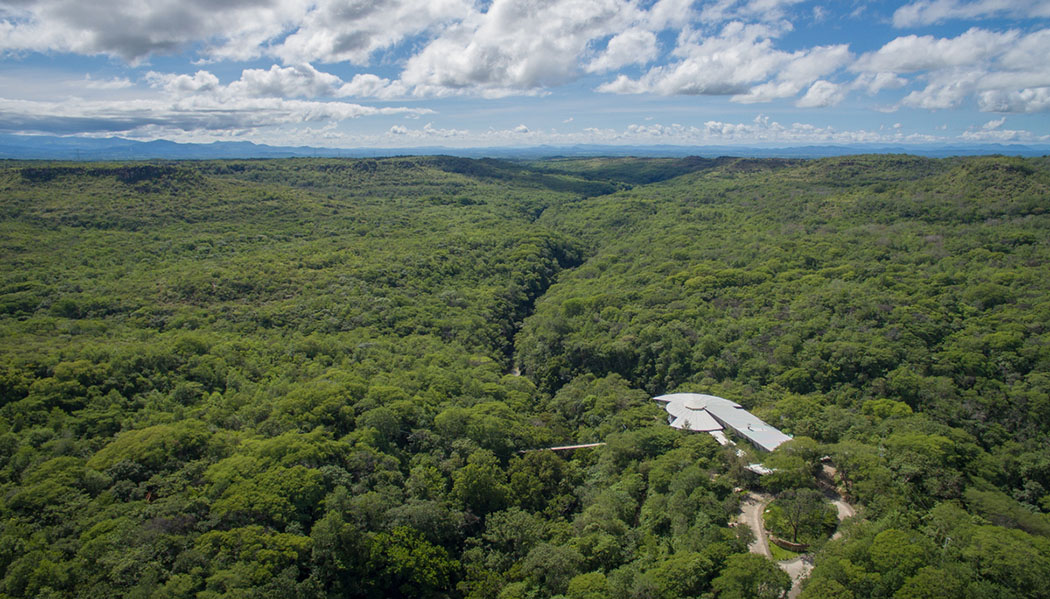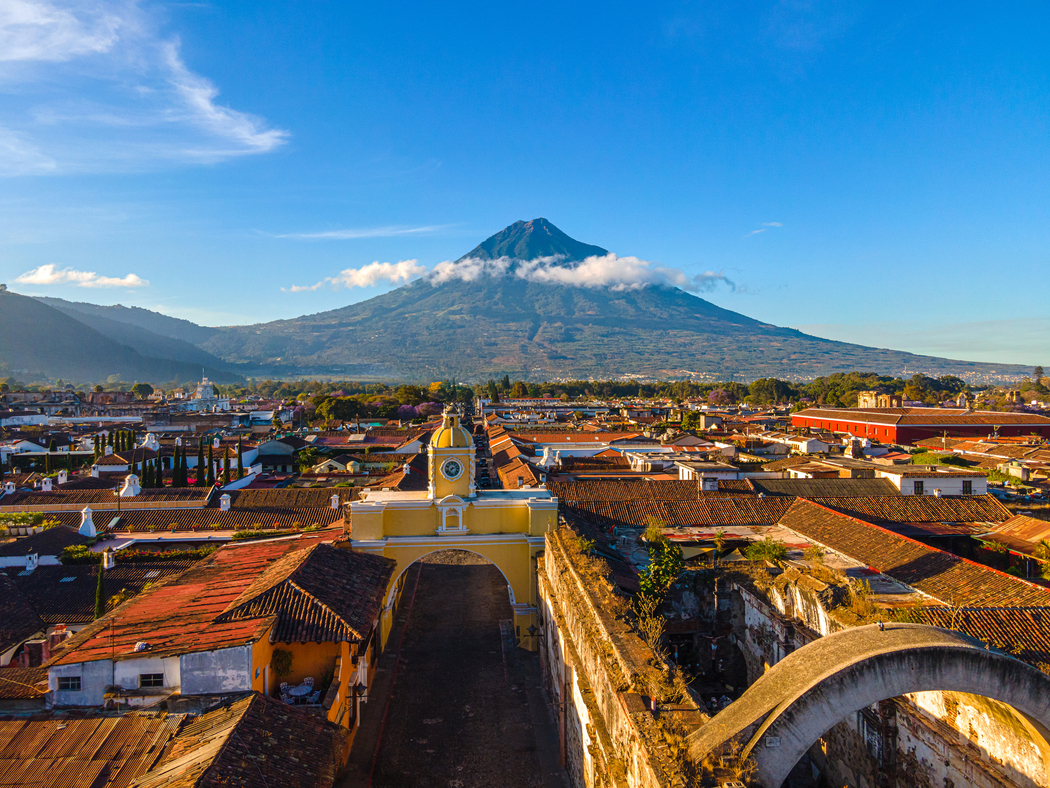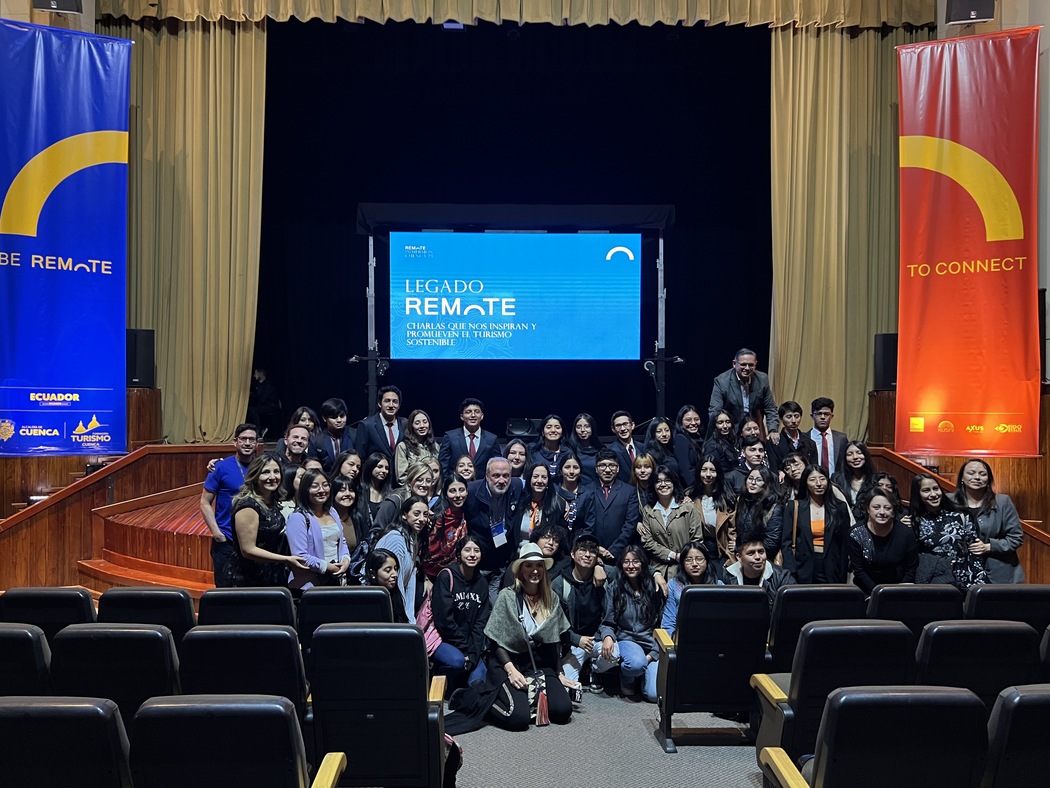
Not too long ago, using LEDs and encouraging guests to reuse towels would be enough for a hotel to be considered eco-friendly or environmentally sustainable. Today, as travelers become increasingly conscious of their environmental and social impacts and the world requires urgent climate action, accommodations need to commit to much more than energy and water efficiency. According to the Sustainable Hospitality Alliance, buildings more broadly generate 19% of energy-related GHG emissions and consume 40% of electricity globally: “If all new hotels built in the next ten years integrated simple sustainable upgrades, the industry would save the equivalent of the yearly greenhouse gas emissions of 9 million cars.”
Hotels that strive to be truly sustainable need to think about sustainability from the beginning – in their construction project and architecture. Rather than just a trend, designing for sustainability is becoming a norm with a growing emphasis on integrating sustainable design principles into hotel construction and operations, aiming to minimize environmental impacts. Hotel architects are focusing on creating spaces that seamlessly blend with their natural surroundings and, at the same time, use eco-friendly materials, care for water conservation and energy efficiency and value aspects of local culture.
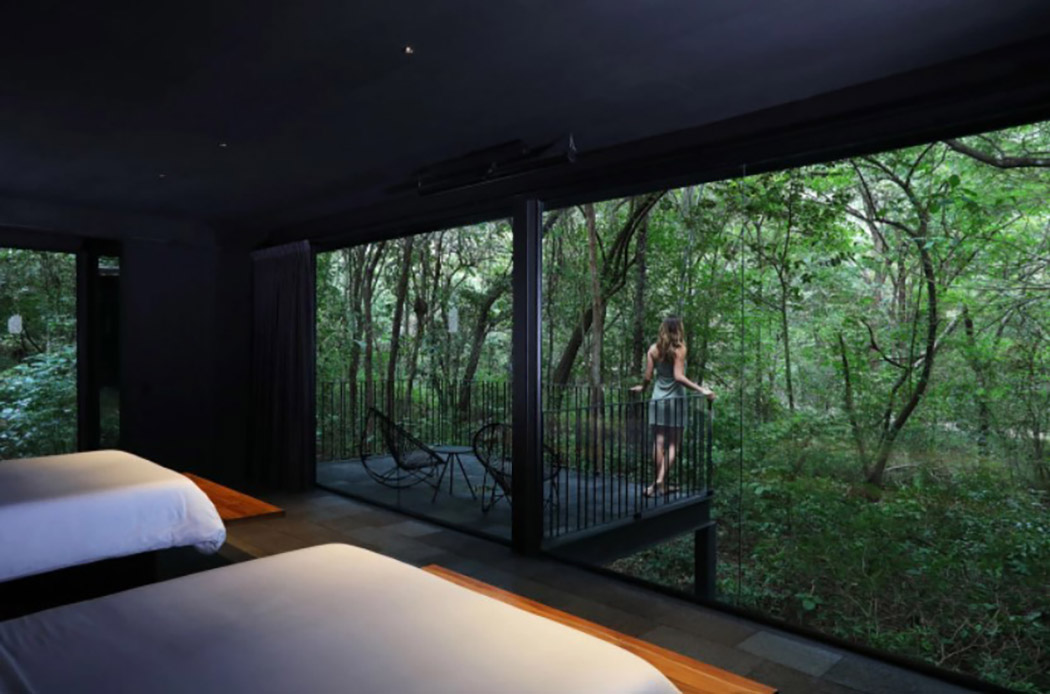
And by incorporating biophilic design elements, they bring nature indoors with green walls, rooftop gardens and large windows offering panoramic views. The main purpose is to connect guests with nature, enhancing their well-being while reducing the need for artificial lighting and ventilation.
Design and sustainable hotels go hand in hand
As eco-conscious hospitality architecture evolves and becomes mainstream, a few hotels are standing out in Latin America when it comes to innovating and creating welcoming, comfortable, sustainable and immersive spaces for their guests. After all, in addition to helping protect the planet, staying in a hotel with sustainable design principles can be a unique, authentic experience.
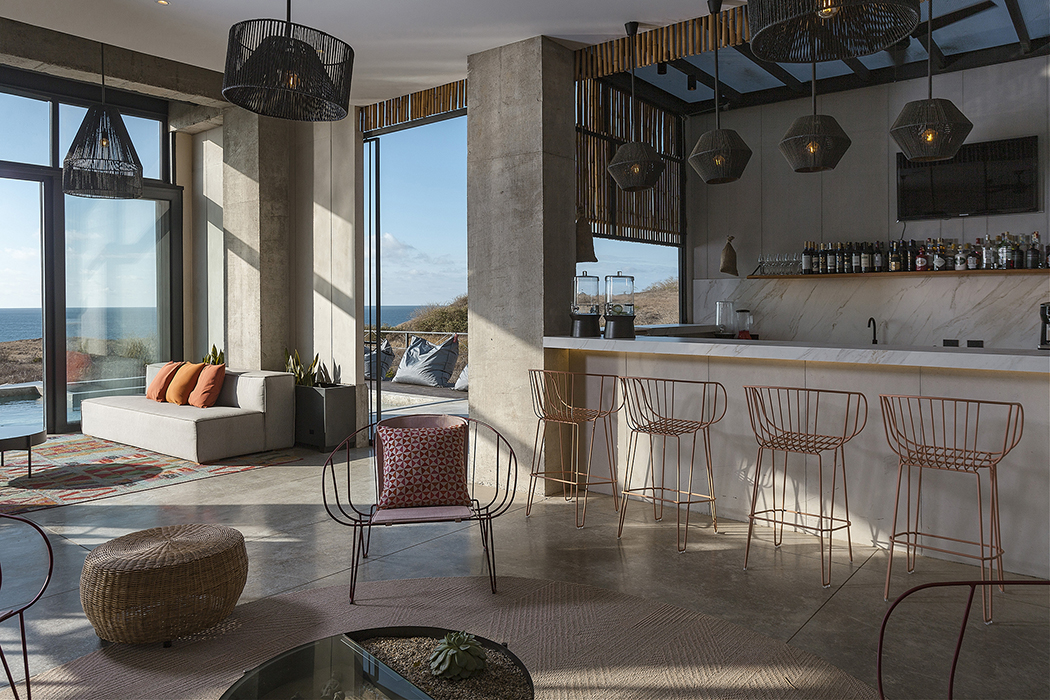
This is the purpose of the newly created Eolia Sustainable Design Hotel , located in the quiet fishing village of Santa Marianita on the coast of Ecuador. Owners Renato Solines and Veronica Reed are pioneers in developing sustainable design projects and they have this vision in their DNA: Veronica is an architect with training in sustainability and environmental issues. “When I decided to invest in tourism as an entrepreneur, I understood that these two pillars, design and sustainability, could be an important added value to a hotel project focused on sustainable and regenerative tourism,” explains Renato Solines. “We could have built a larger hotel with many more rooms in the area where Eolia is located. However, from the project’s design and conception, the idea was to have a very low impact, respecting the entire environment and considering that the hotel is placed in a fragile area and turtle nesting site.”
Eolia pays homage to Aeolus, the ruler of the wind in Greek mythology, in a region where the airstreams are an essential part of nature and the local experience. According to the owners, guests are invited to make themselves at home, but without neglecting the hotel’s two main pillars: design and sustainability. The bungalows, suites, glamping tents and common areas have modern, innovative architecture that respects and adapts to the environment and natural materials such as cane, paper fiber and wicker were used whenever possible, with special contributions from Ecuadorian artisans. The natural vegetation was left intact and the hotel works with solar energy, a solar heating system and a wastewater treatment plant.
With similar inspiration, Renato and Veronica previously opened Carlota Sustainable Design Hotel , which occupies a historic mansion in Quito. Carlota was inaugurated in 2017 with the intent of preserving a historical landmark of great value to the city while paying homage to Doña Carlota, Renato’s grandmother, who lived for years in the house. The building was restored following diverse sustainability practices, and, as such, it became the first LEED Gold certified hotel in Ecuador. Renato reminds us, “In the case of restoration, it is much more complex to obtain a sustainability certification because we have an existing building.” However, all possible materials and structures were reused, water recycling systems were installed and 30% of the energy now comes from photovoltaic panels. With the project’s concept, architecture and design handled by architect Veronica Reed, the hotel was recognized by the city of Quito as the best intervention in the historic district and awarded by the Pan American Architecture Biennial of Quito in the restoration category.
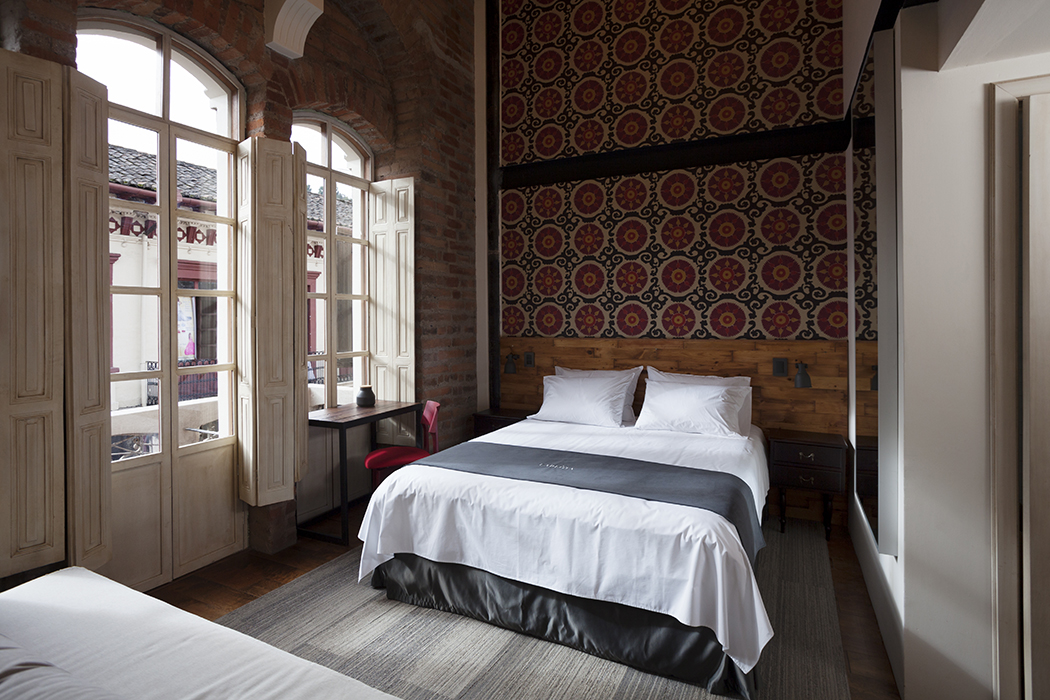
In Costa Rica, hotel Rio Perdido states that “environmental responsibility is an innate duty – a way of life and our fervent philosophy in everything we do.” This principle was taken seriously when building a hotel in the pristine, unexplored 1,500-acre private reserve in the San Bernardo Lowlands, in the province of Guanacaste. The owners made sure to build on only 1% of the total area and keep the land’s topography as close to its original state as possible, following a Zero Land Movement Development. With collaboration from important architects and designers specializing in construction projects focused on sustainability, hotel Rio Perdido was able to have a minimal impact and maintain respect for the natural environment, offering spaces for nature immersion. In addition to suspended bungalows, in order to avoid intervention in the ground, the hotel uses lots of natural materials, and its exclusive furniture is made of locally and sustainably sourced woods.
Read more: The mystic from Rio Perdido
